Blog
Poetry in a Maximum Security Prison
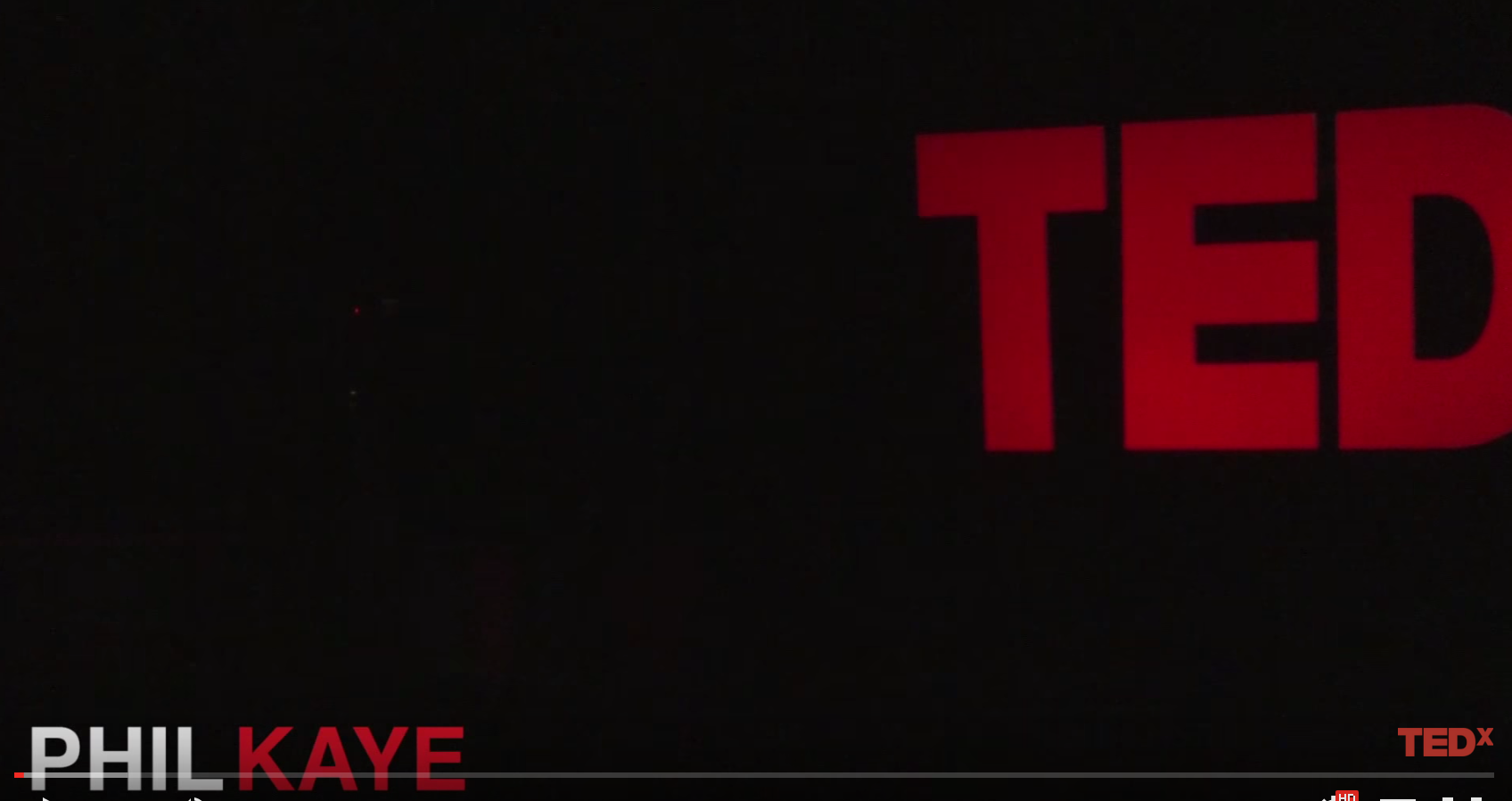
Phil Kaye, spoken word poet, shares his experience of creating poetry with inmates in maximum security prison. He originally enters the volunteer program as a naive college student and questions whether or not he will be able to have a real impact on the prisoners. Through this experience, Phil finds that the inmates use the creative outlet to reflect upon their past and realizes the important role that education and the arts play in rehabilitation during imprisonment.
Stonewall and Criminality

This Discovery Channel documentary discusses the political and social climate preceding the Stonewall Riots in 1969. Queer people were (and in some places are still) arrested, detained, and beaten by law enforcements because of their identity. Random and unsolicited police raids of predominantly queer neighborhoods resulted in a large number of incarcerated queer people. This is an instance of imprisonment used as a tool to isolate people because of who they are and what they believe, rather than what they did. The criminalization of people who deviate from hegemonic norms has persisted and been perpetuated by methods of imprisonment.
Surveillance and Dissent
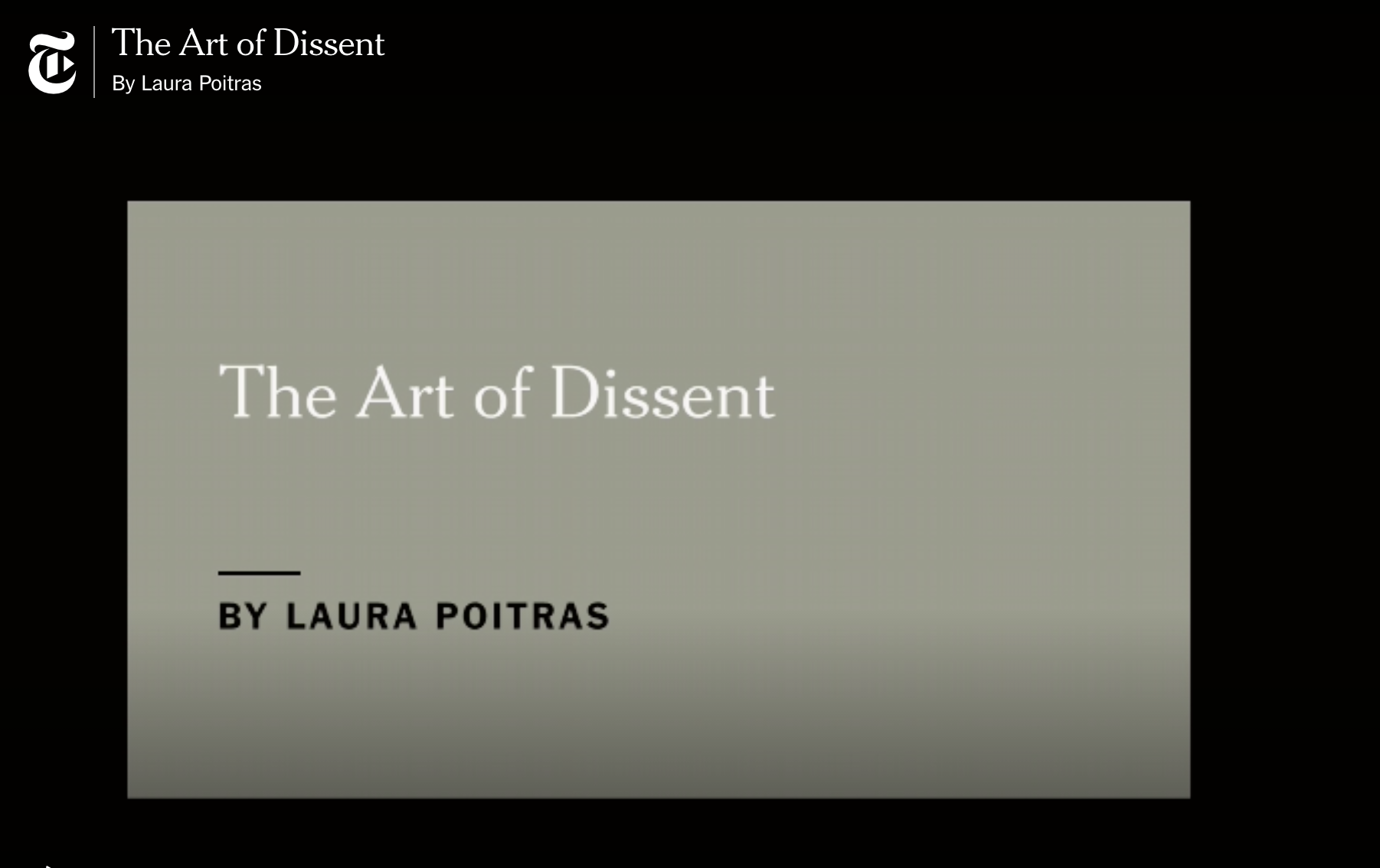
“Ai Weiwei and Jacob Appelbaum are artists, journalists, dissidents, polymaths — and targets. Their respective governments, China and the United States, monitor their every move. They have been detained and interrogated. Ai cannot leave China, and Appelbaum is advised not to return to the United States. They are separated from their families. Ai has been imprisoned and beaten by the police. Yet each continues his work and speaks out against government wrongdoing.” This excerpt from a New York Times article describes two peoples’ attempts to challenge their governments at the expense of their freedom. Ai Weiwei creates protest art that serves political and journalistic roles in exposing the Chinese government. Similarly, Jacob Appelbaum is accused with helping to disclose private...
Rosie: From Slave Song to Work Song
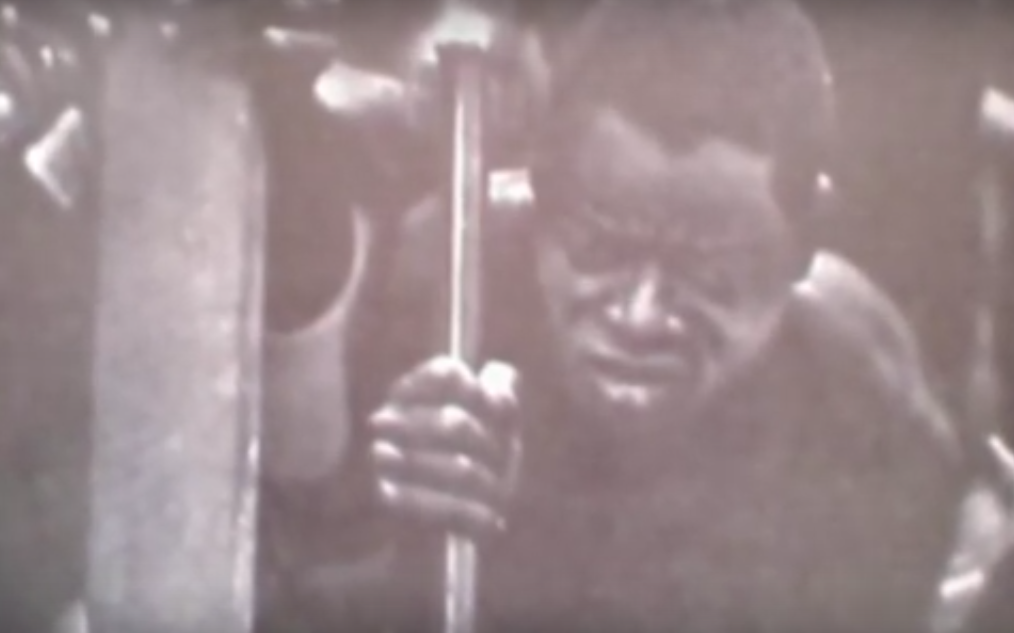
This well known prison work song "Rosie" was written by inmates of the Mississippi State Penitentiary Parchman work camp in the 1940s.
As the accompanying article explains, songs like “Rosie” were used by prisoners to coordinate dangerous hard labor, and to pass the time. In this way, the song is reminiscent of a traditional slave song.
Hannah Duston: Monumental Dilemma
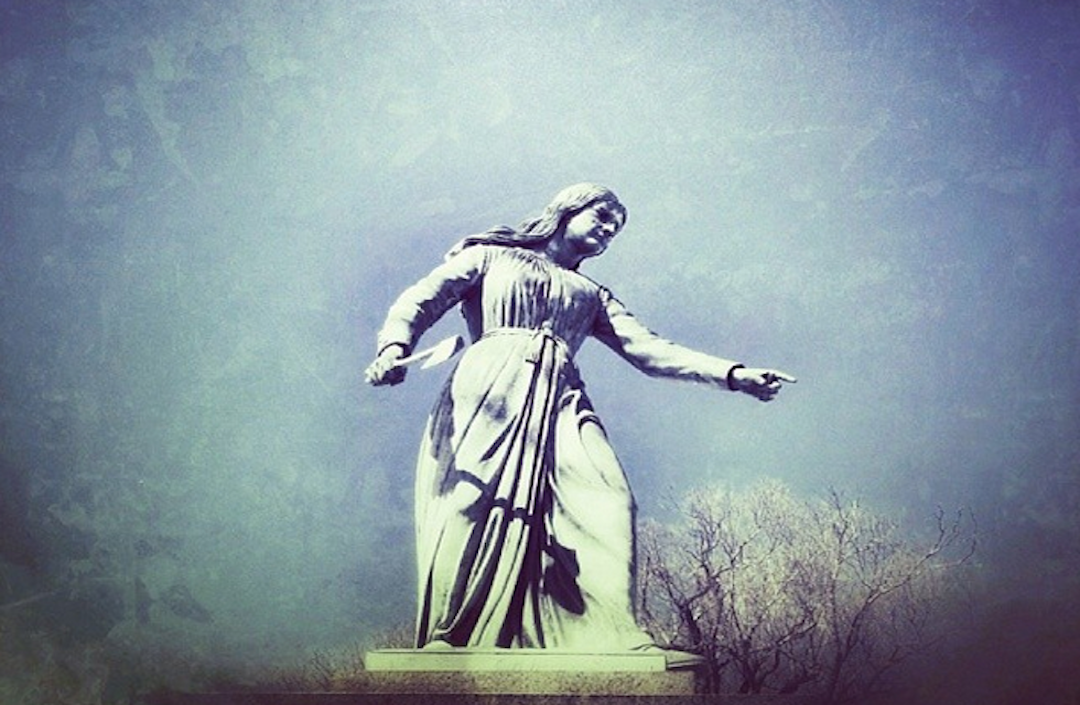
Post by Jessica Harper
Audio segment from Roman Mars’ radio show ‘99% Invisible’ Episode 113: Monumental Dilemma, detailing the controversial story and monument of Hannah Duston, Boscawen, New Hampshire, erected in 1874. Duston was kidnapped with her daughter and nursemaid in 1637 by a band of Abenaki Native Americans who murdered her daughter. Duston and her fellow captives killed 10 of their Abenaki captors in Boscawen, including 6 children, scalped each victim and escaped back to Haverhill, Massachusetts. The monument depicts Duston holding a tomahawk in one hand and a handful of scalps in the other. Her story is controversial: is she a heroine for escaping captivity or a villain for the brutality she wielded towards the Abenaki, and...
Prometheus Bound and Personhood
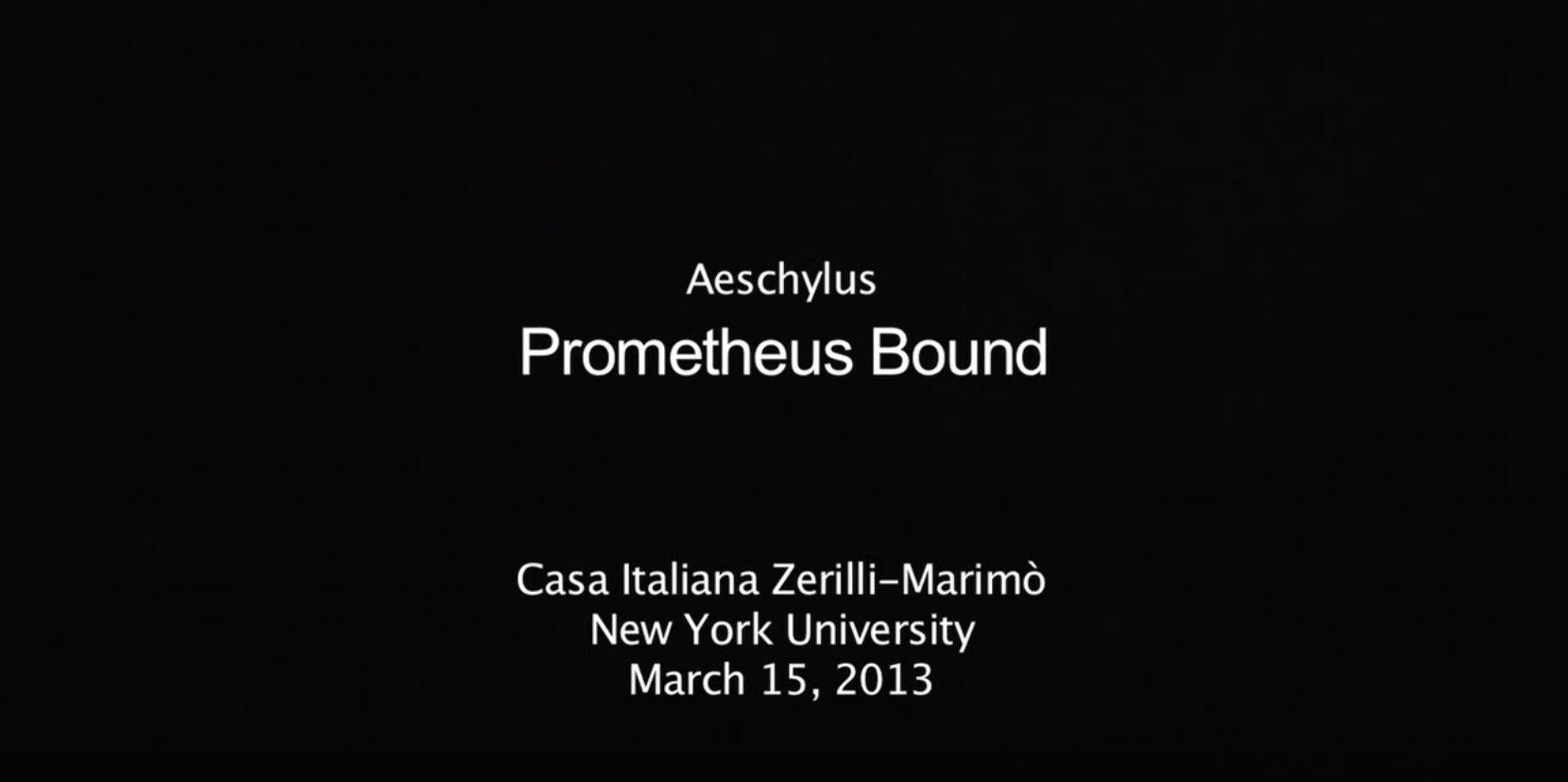
A performance of Aeschylus’ Prometheus Bound at NYU’s Department of Italian Studies in March 2013, directed by and starring Francesco Andolfini. In the 6:11 - 7:41 segment, Prometheus laments his imprisonment by the tyrant, Zeus. In ancient Athenian society, a great weight was placed on free citizenship and thus Prometheus’ imprisonment was intended as a direct assault on this key aspect of his personhood.
Capital Punishment Legislation in North Carolina: A Tale of Two Moratoriums

Capital Punishment Legislation in North Carolina: A Tale of Two MoratoriumsBy Amani Carson and Nivedha Ram
In 1972, the Supreme Court ruled on Furman v. Georgia that states’ indiscriminate and inconsistent applications of capital punishment were in violation of both the Eighth and Fourteenth Amendments of the United States Constitution.1 This ruling began a national moratorium. Several states, including North Carolina, responded by revising their capital punishment protocols to satisfy the court’s concerns.
According to legal scholar Cynthia Adcock, North Carolina implemented one of the harshest, most pitiless death penalty laws in the nation – imposing a mandatory death sentence on anyone convicted of first-degree homicide with aggravating circumstances. It only took the state two years to repopulate...
Indiana Medical History Museum: Complexities in Telling Stories
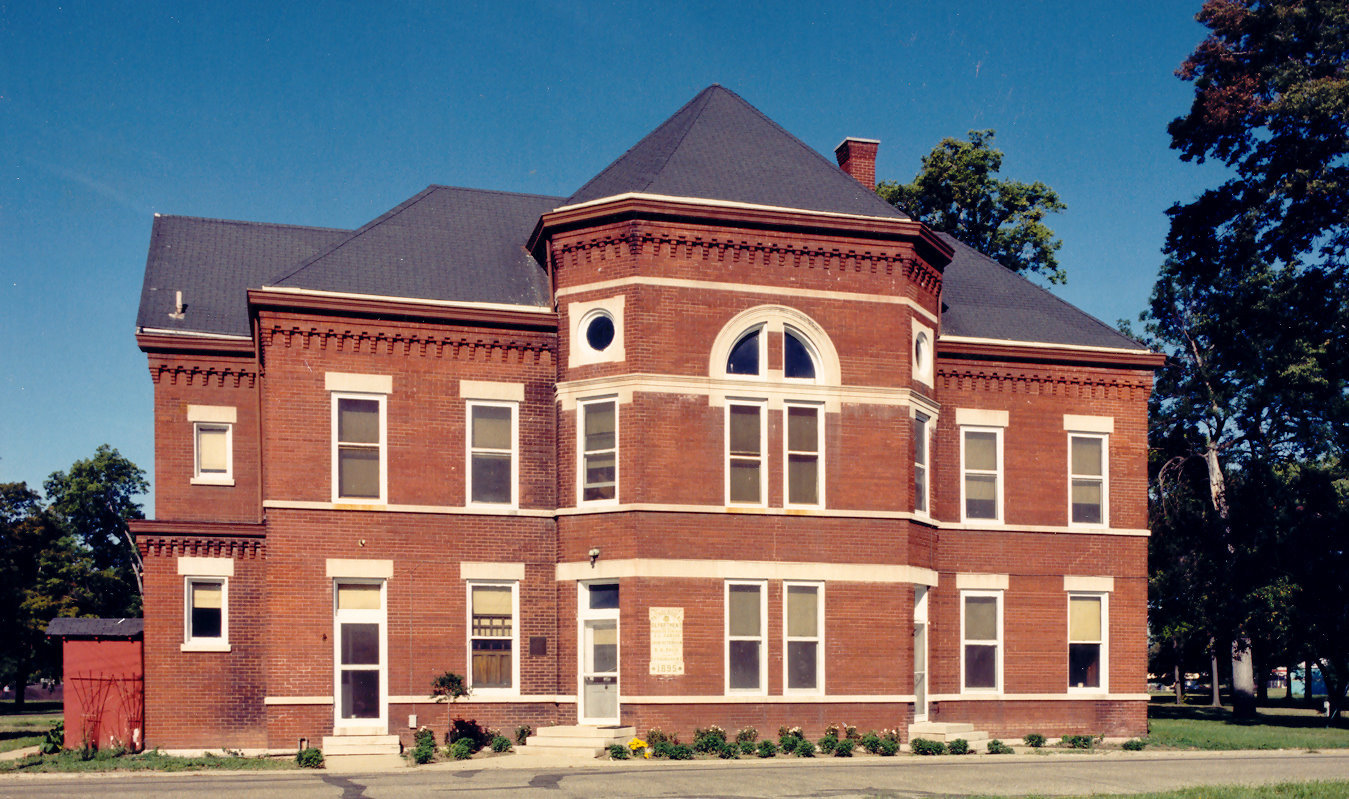
The Indiana Medical History Museum is the Old Pathology building which stands on the grounds of the old Central State Hospital of Indiana. The museum is currently reimaging the story they tell about the history of Central State Hospital. Here are some keys questions that the museum is asking themselves. “How do we interpret a place that no longer exists?”
Courtesy of: Indiana Medical History Museum
“Whose story do we tell – the doctor’s, the patient’s, the staff’s, the neighborhood’s?”
Courtesy of: Indiana Medical History Museum
“How do we balance the story without being celebratory or overly critical?”
Courtesy of: Indiana Medical History Museum
“How do we respect...
Access Denied
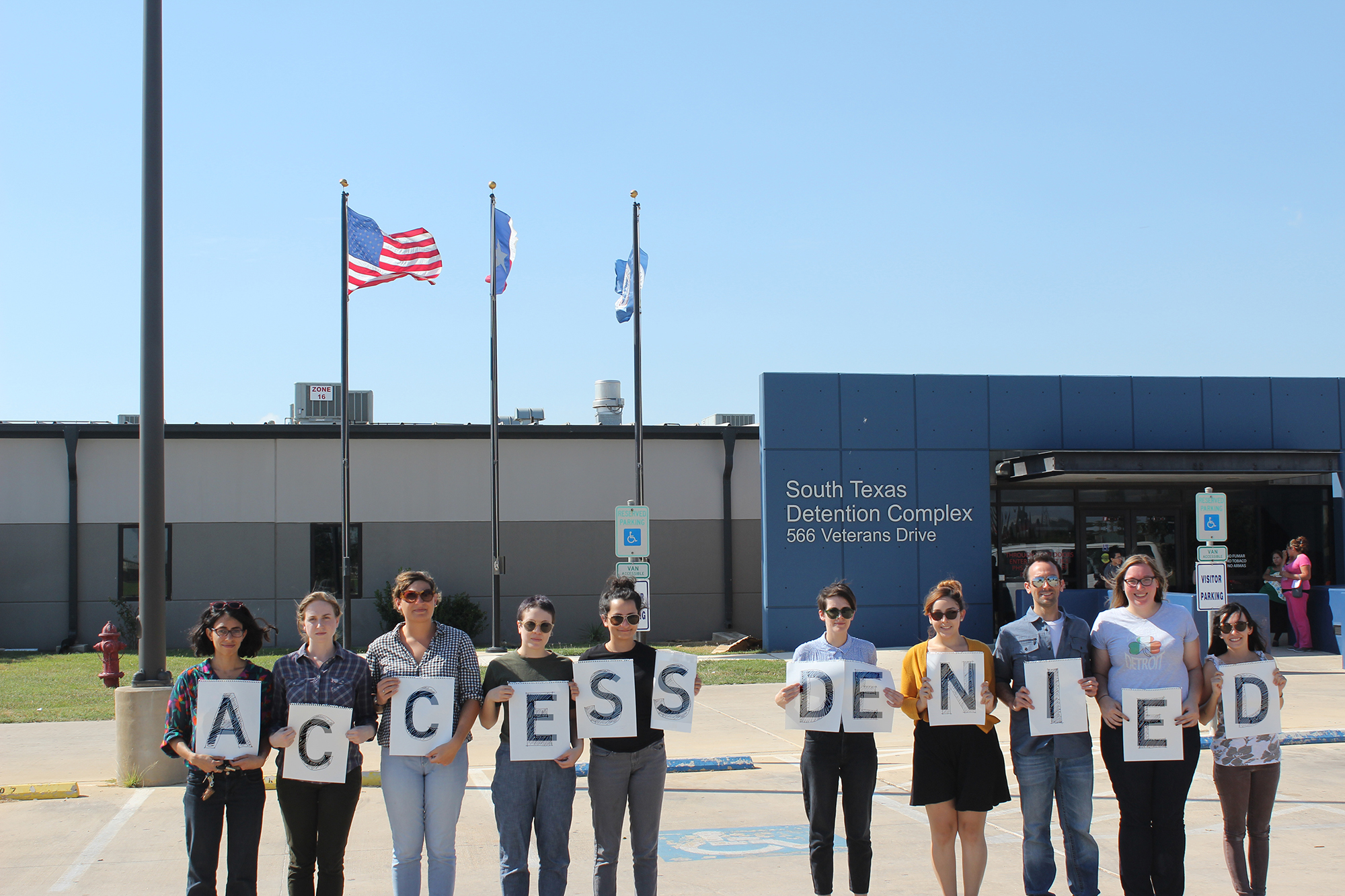
As a part of our class on the architecture of immigrant detention centers I called the South Texas Detention Facility in Pearsall to request a tour. After several attempts to reach the right person, and waiting on hold for approximately 10 minutes, I was told: “we don’t give tours.” No. And why would they? ICE contracts the management of The South Texas Detention Facility to a private corporation, GEO Group, Inc. As a private corporation they do not need to accommodate the public. And yet, they are paid, in part, by ICE—they are financed by public monies to facilitate an “administrative” duty, the processing of immigration. Since I failed to secure a tour through Geo Group, I filed a Freedom...
From the Gallows to the Chair

In 1910, Henry Spivey was hanged for murder in Bladen County. At this last public stateexecution, The Charlotte Observer reported that as many as a thousand people witnessed thehanging. Spivey was the last person to be hanged in North Carolina; following his death, a newlaw sent the condemned to death row in the electric chair in Raleigh’s Central Prison. With theswitch from public hangings to more private executions, the state broke away from punishmentthat publicly made the tortured criminal an object of “pity or glory.” North Carolina drew a curtain over the process of death and legitimized the state’s power over the execution process.
Newspaper clipping from 1910 noting the final state-sanctioned hanging in North Carolina. Credit:...
- ‹ previous
- 3 of 5
- next ›